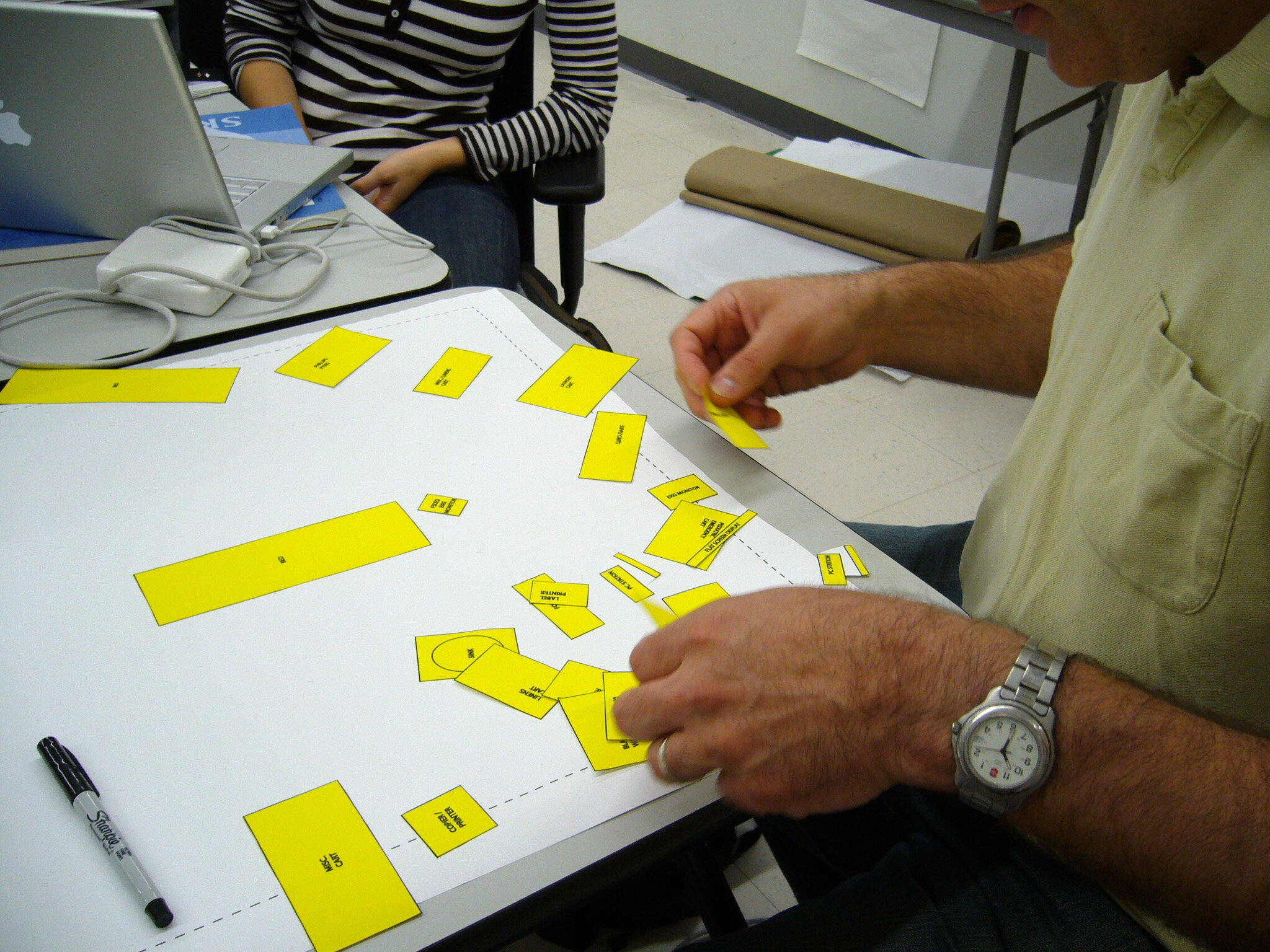
Resuscitation Bay of the Future;
Business Innovation Factory / ITEM NPD
We applied design research to improve and optimize hospital resuscitation bays.
Our team spent 10 weeks studying hospital emergency departments in order to visualize the resuscitation bay of the future. Resuscitation bays are the rooms in which Emergency Departments seek to stabilize their most critical on-boarding patients. We performed on-site observations in hospital emergency departments as well as interviews and focus groups with critical care doctors and nurses. We then designed objects and systems to facilitate a more effective and accommodating resuscitation bay.
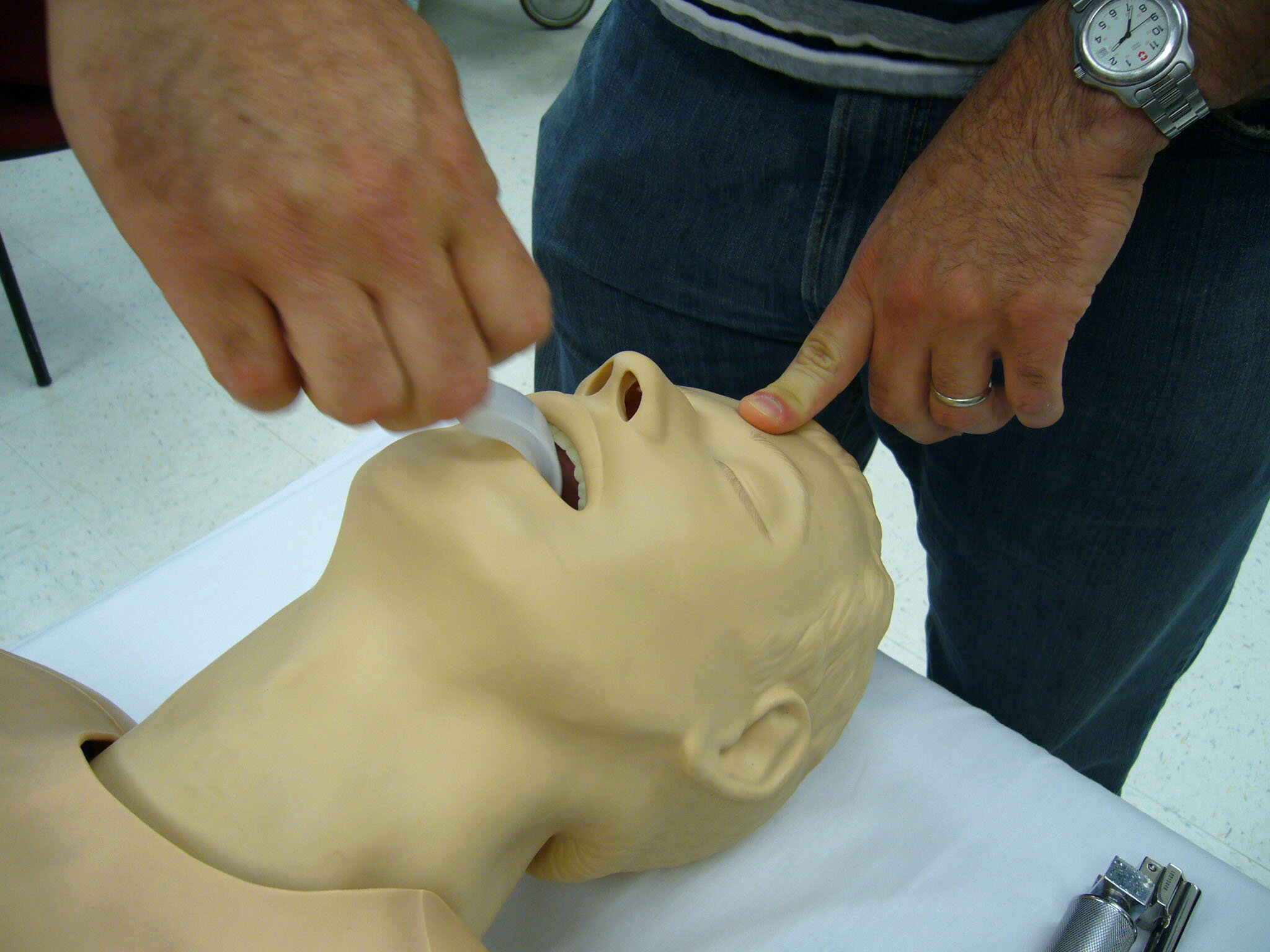
We performed a deep-dive into care provided in an Emergency Department's resuscitation bay.
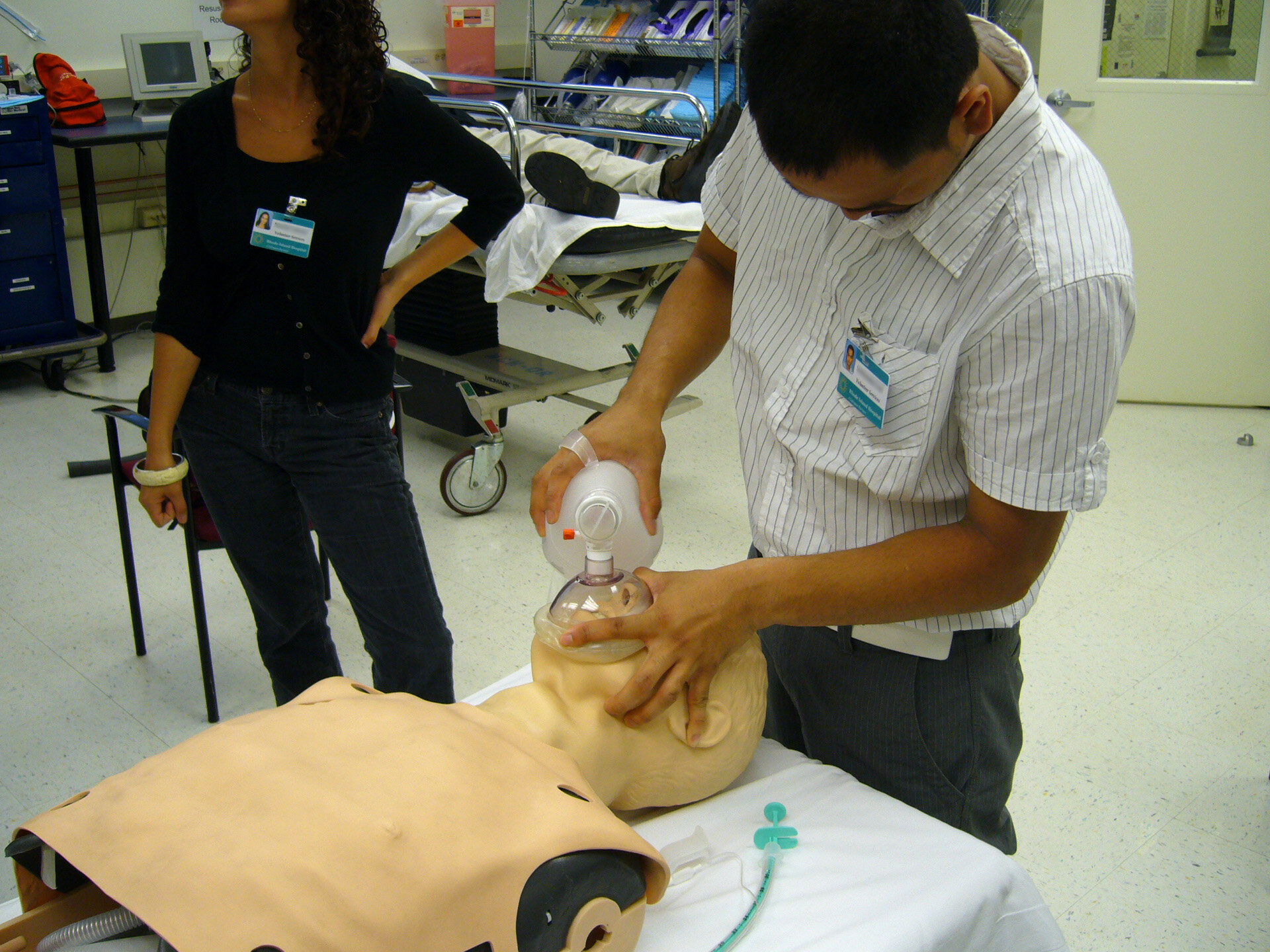
This included hands-on experiences such as an intubation exercise at the hospital's simulation facility.
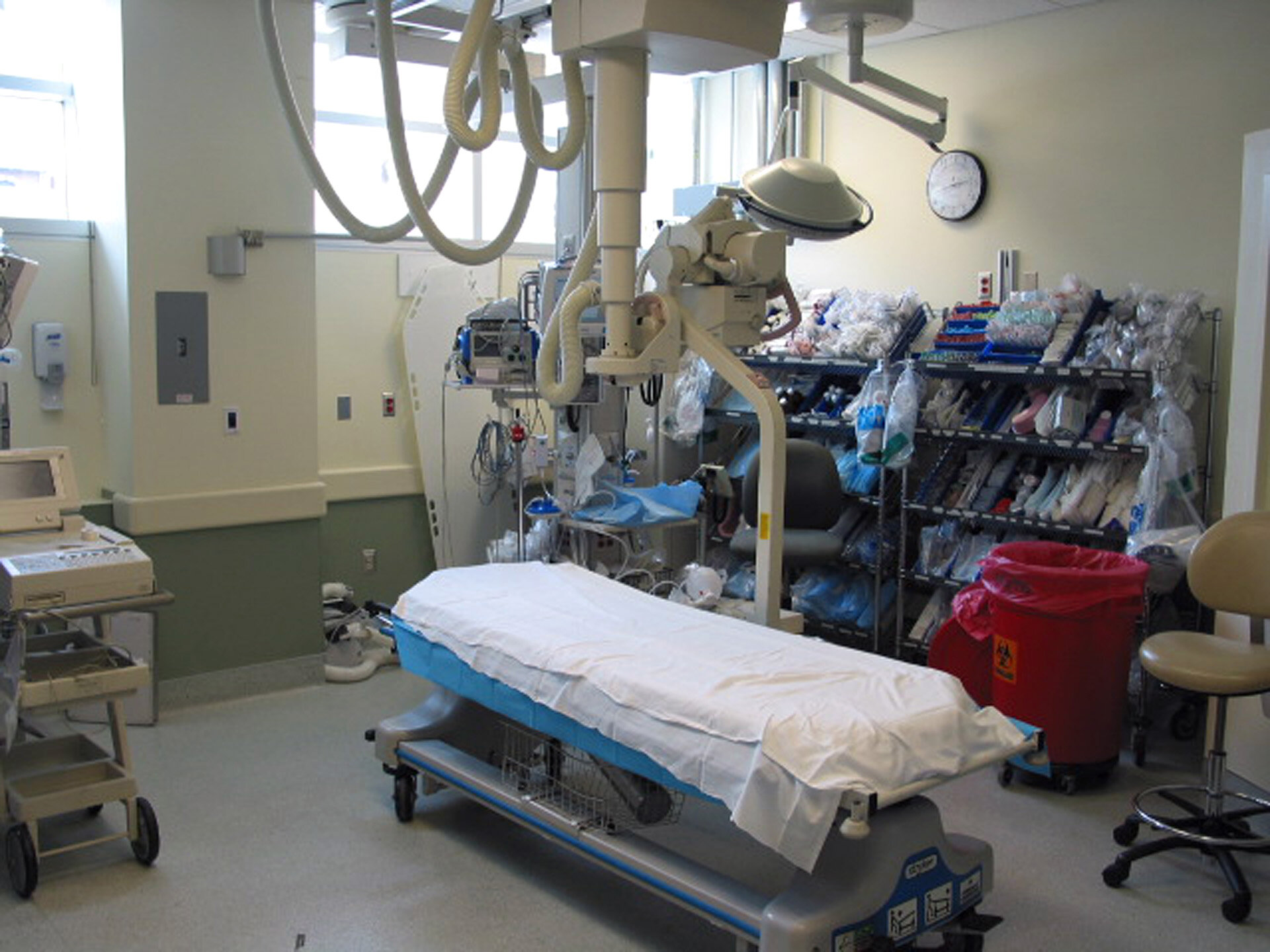
We spent several nights observing real-world interventions in resuscitation bays at a Level 1 trauma facility.

We familiarized ourselves with the tools, supplies and equipment that doctors and nurses in Emergency Departments use to provide extreme care.
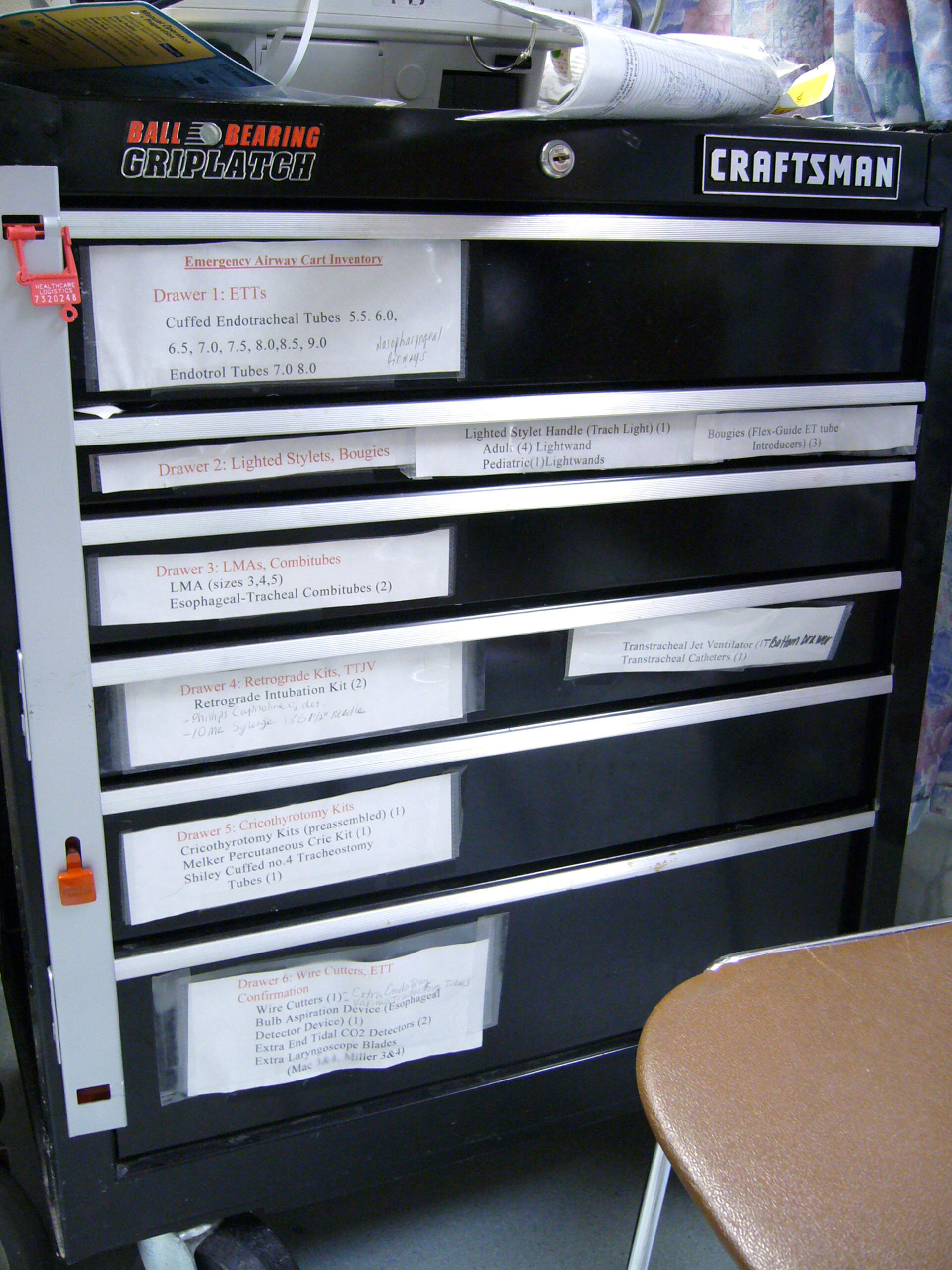
It was surprising to see how many tools and equipment that Emergency Department care givers used was ad-hoc and handmade.
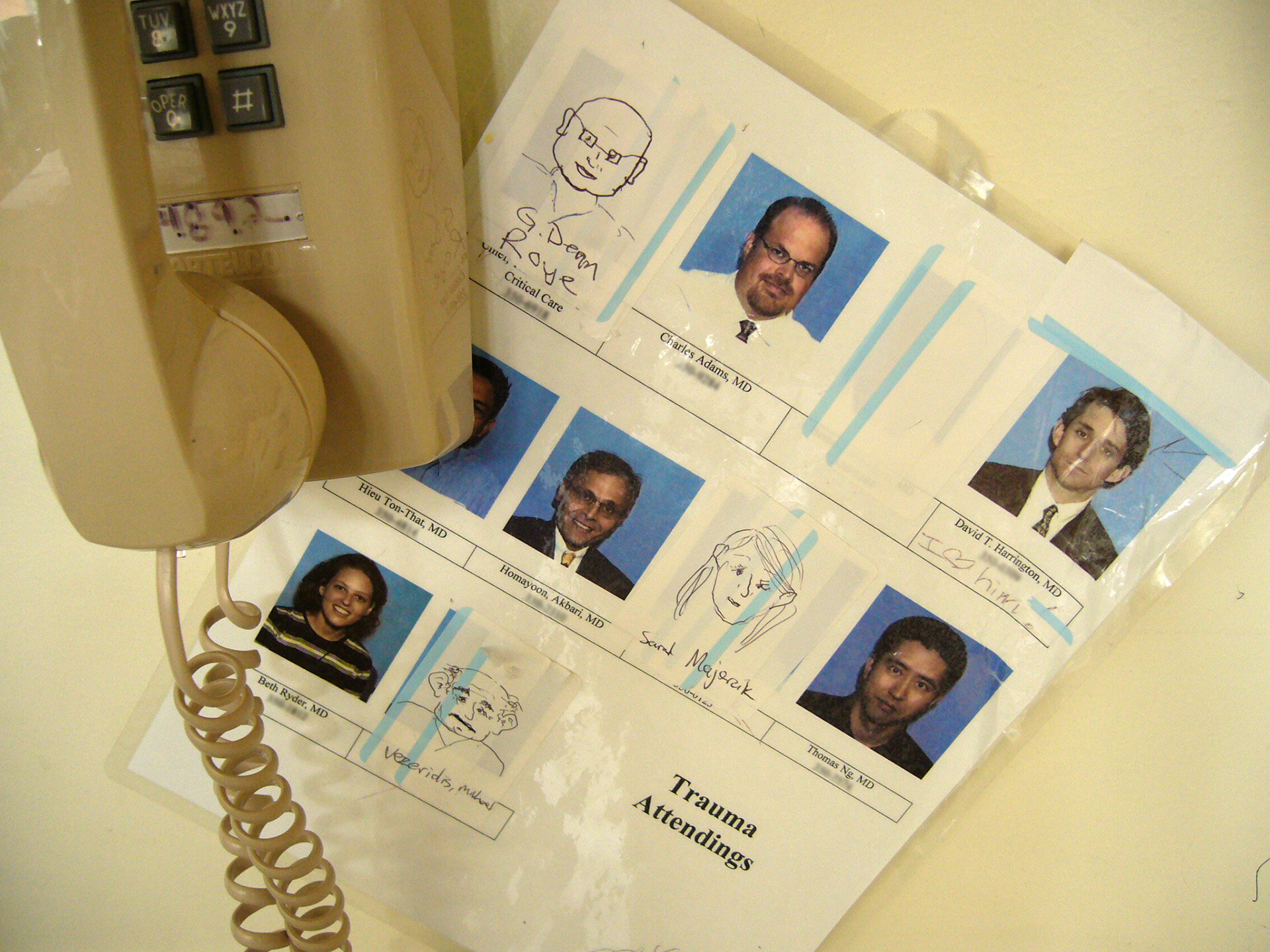
We took visual and written notes looking for opportunities to improve the ways in which doctors and nurses provided care in these resuscitation bays.
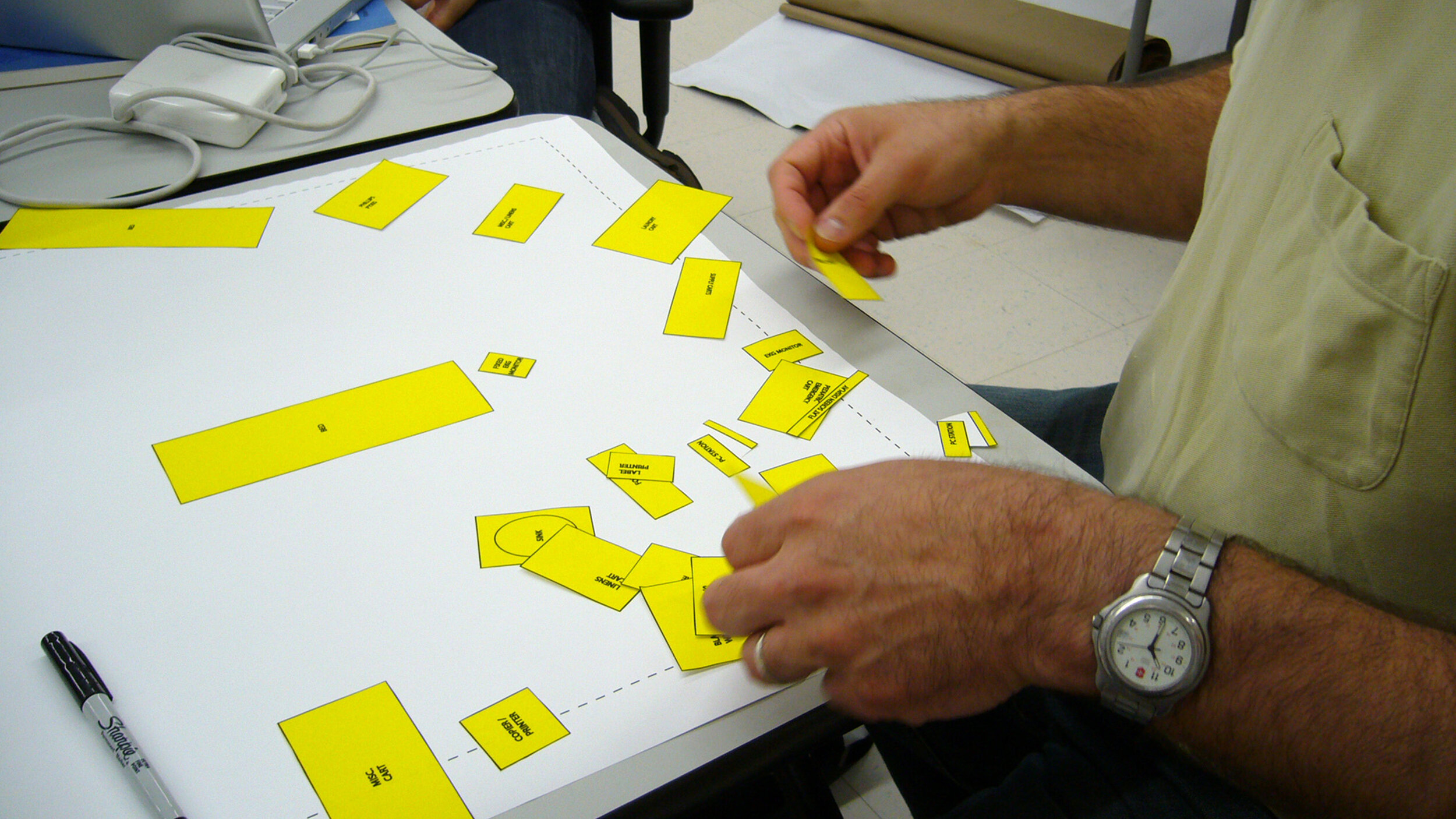
The resuscitation bay of a Level 1 Trauma center can be a very hectic and chaotic place to observe. To get doctors and nurses to communicate their needs outside of this environment, I created an exercise to get a sense of how they would organize people and equipment in an "ideal" resuscitation bay.
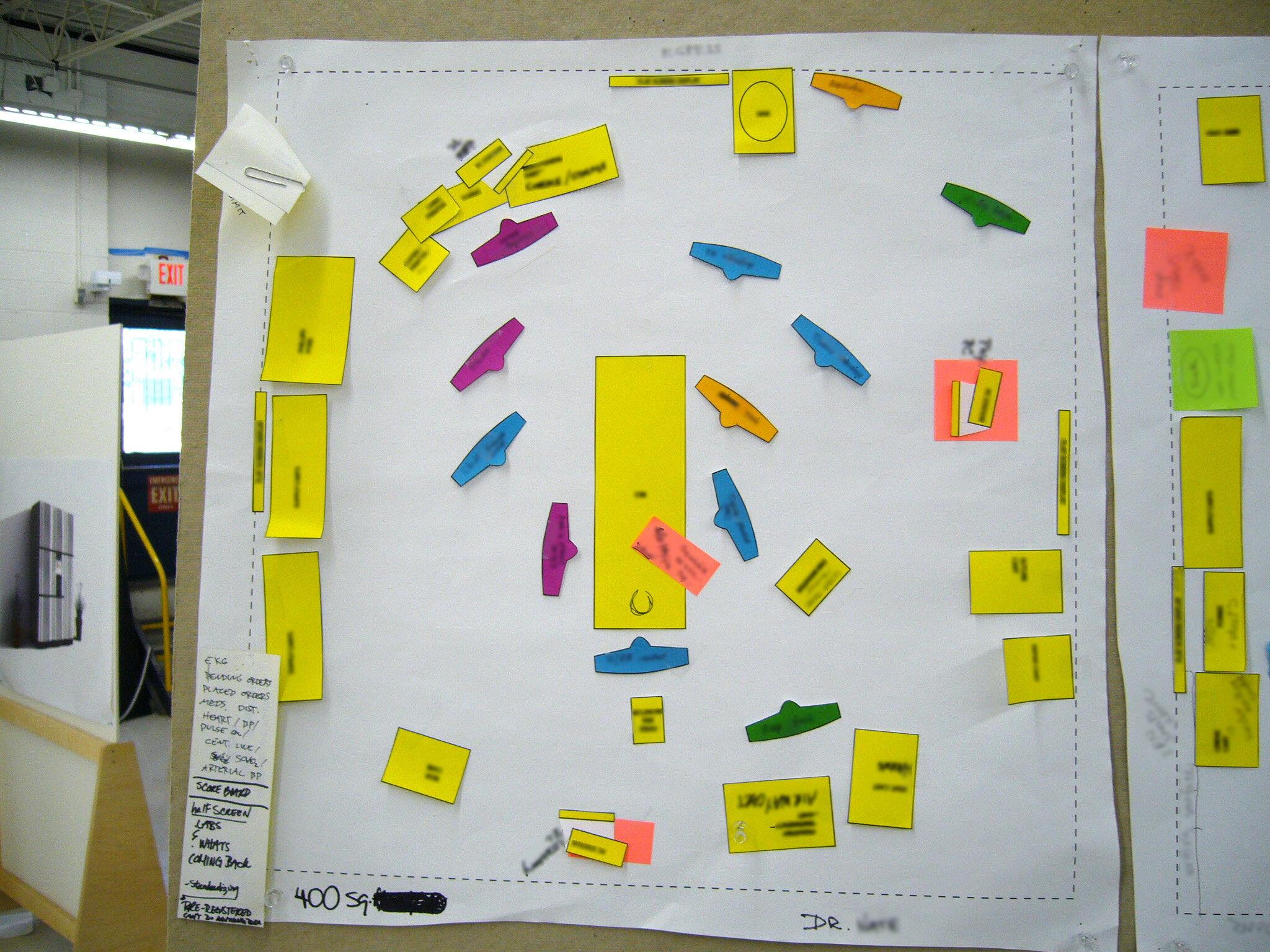
This allowed us to better understand how they use the space, and what their needs were. We were also able to explore these ideal scenarios to tease out new innovative ideas. This map shows one doctor's "ideal" resuscitation bay.
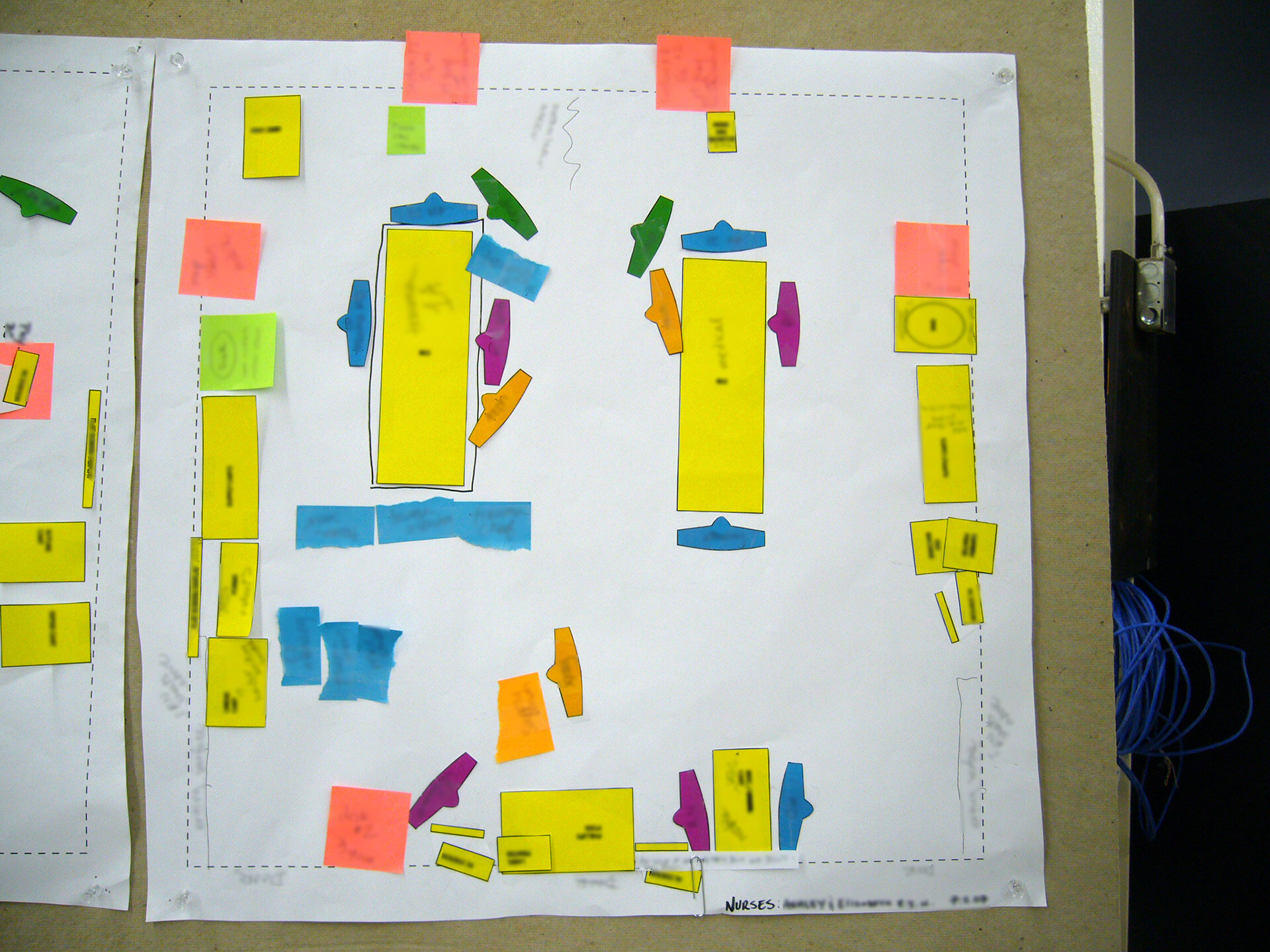
This map shows one nurse's "ideal" resuscitation bay. We were surprised to learn how differently doctors and nurses used the space and they felt it should be used.

I created a similar exercise to help evaluate how doctors and nurses used their supplies. I asked them to arrange these into categories of how often they used the supplies: always, often or sometimes.

We compared the results from doctors and nurses and learned a lot about which supplies were truly essential and which were essential only for the type of care each party provided.
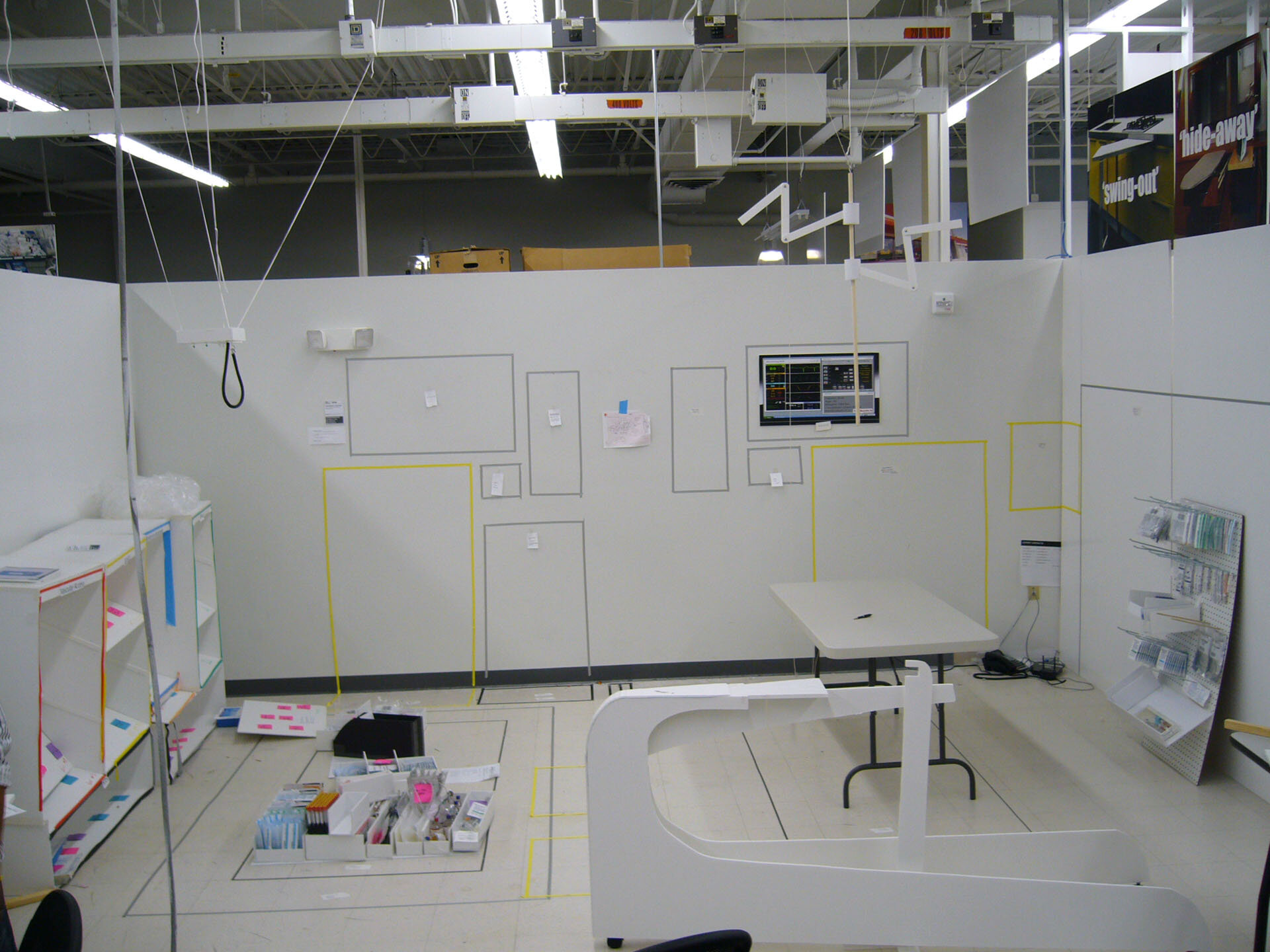
The project wrapped up with our team making a variety of suggestions for products and systems for the "Resuscitation Bay of the Future." We built mock-ups of these in a prototype space for share-out and review by Emergency Department care-givers. This photo shows the beginning of that process.


